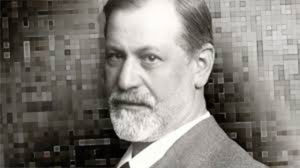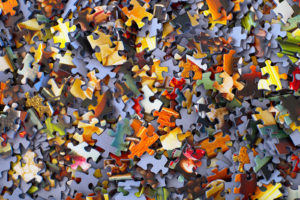Les attaques corporelles, dans la clinique de la psychose infantile et des autismes
Résumé
La souffrance des enfants psychotiques et autistes ne s’exprime pas avec des mots mais par des manifestations corporelles qui doivent être déchiffrées par les soignants. Cet article interroge les différentes formes et fonctions de leurs attaques corporelles, tant sur leur corps propre qu’à l’encontre du corps d’autrui. À l’appui de la clinique des médiations thérapeutiques, qui apparaît particulièrement efficace pour atténuer ou faire cesser les attaques corporelles des enfants, l’idée principale développée dans cet article sera que les attaques corporelles correspondent à des tentatives de contact des enfants violents, et que le comportement violent peut s’atténuer grâce à des formes de jeu proposées par les thérapeutes. Les attaques du corps renverraient donc à un jeu ou des jeux qui n’ont pas pu se jouer dans la prime enfance, jeux dont la clinique permettra de saisir la nature.
Samenvatting
Psychotische en autistische kinderen drukken hun lijden niet uit via woorden maar wel door middel van lichamelijke manifestaties die moeten ontcijferd worden door hun verzorgers. In dit artikel worden de verschillende vormen en functies van deze lichamelijke aanvallen onderzocht: zowel de aanvallen op het eigen lichaam als de aanvallen die optreden bij de ontmoeting met het lichaam van de ander. In dit artikel wordt duidelijk gemaakt dat deze aanvallen op het lichaam pogingen zijn om contact te maken. Dit houdt therapeutische consequenties in.
Hun gewelddadig gedrag kan afzwakken dank zij specifieke vormen van spel. De aanvallen op het lichaam verwijzen naar een spel dat niet kon gespeeld worden tijdens de vroegste kindertijd. De kliniek zal toelaten om de aard van dit spel te begrijpen.
Summary
The suffering experienced by psychotic and autistic children is not expressed through words but rather through physical actions that must be deciphered by carers. This article investigates the different forms and functions of physical attacks, which are directed against themselves as much as against other people. In support of therapeutic mediation, which appears to be particularly effective in alleviating or stopping physical attacks, it proposes that physical attacks correspond to attempts at physical contact from violent children, and that violent behaviour can be eased with the help of games proposed by therapists. Physical attacks can be reflected and observed in a game or games that these children were not able to play in early infancy, thereby enabling the clinic to understand the behaviour of the child.





